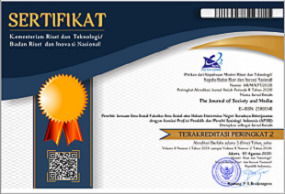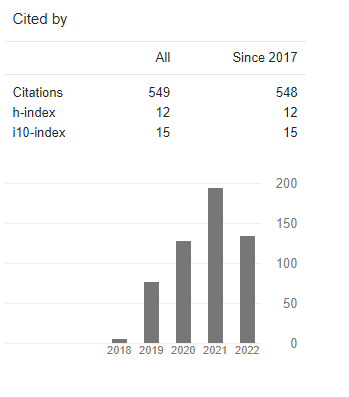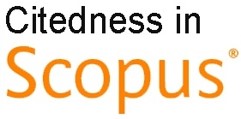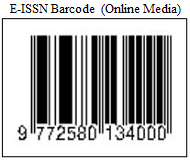New Media and Radicalism among Youth in Kendari City Southeast Sulawesi
DOI:
https://doi.org/10.26740/jsm.v7n1.p1-18Keywords:
new media, media effects, radicalism, youthAbstract
This research aims to find out whether teenagers in Kendari City know the content of content that spreads radicalism on social media and how to respond to content that contains radicalism. Using descriptive qualitative methods, samples are taken by purposive sampling method. Data collection techniques are carried out with primary data & secondary data. Based on the findings, the researchers concluded: First, many teenagers in Kendari City do not have guidance or literacy regarding radicalism on social media, and few of them are teenagers who know accounts and content on social media that spread radicalism. Second, most teenagers in Kendari City choose to respond to accounts that are indicated to be radical on social media by reporting these accounts. Third, Few adolescents respond to choosing to keep seeing or consuming and allowing accounts that spread radical ideas to be vulnerable to being influenced or exposed to radicalism
References
Apriadi Tamburaka. 2013. Literasi Media: Cerdas Bermedia Khalayak Media Massa. Jakarta: Raja Grafindo Persada.
Bakti, Agus Surya. 2016. Deradikalisasi Nusantara (Perang Semesta Berbasis Kearifan Lokal Melawan Radikalisme Dan Terorisme). Daulat Press: Daulat Press.
Cahyono, A. S. 2016. Pengaruh Media Sosial Terhadap Perubahan Sosial Masyarakat Di Indonesia. Publiciana, 9(1), 140-157. https://doi.org/10.36563/publiciana.v9i1.79
Defleur, M.L., dan S. Ball Rokeach. 1975. Theories of Mass Communication. 3rd ed. New York: David McKay.
Mcquaill, Denis. 2000. Mass Communication Theory.
Mcquaill, Denis. 2011. Teori Komunikasi Massa. Jakarta: Salemba Humanika.
Unde, Andi Alimuddin. 2014. Televisi & Masyarakat Pluralistik. Prenadamedia group.
Downloads
Published
How to Cite
Issue
Section
License
Copyright (c) 2023 The Journal of Society and Media

This work is licensed under a Creative Commons Attribution 4.0 International License.
 Abstract views: 514
,
Abstract views: 514
, PDF Downloads: 554
PDF Downloads: 554












